I listened to the rain pattering on the roof, and took another sip of wine. We had planned to stay a couple of days. But, Patzcuaro proved to be pure magic. Yes, the town is literally one of Mexico’s pueblo magicos, but more importantly, the vibe is right. That couple of days turned into four and then six and then eight. The plan to see the town, buy some coffee, maybe take a boat ride to the island in the lake, morphed into simply enjoying the simple pleasures.
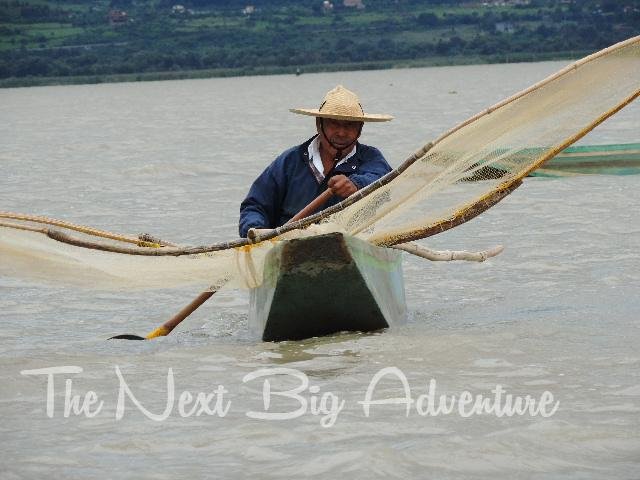
Granted, a main draw was the improbably great location in the form of a campground IN TOWN. A pleasant, clean, inviting campground within walking distance to the plazas and coffee shops and markets that make this town so charming.

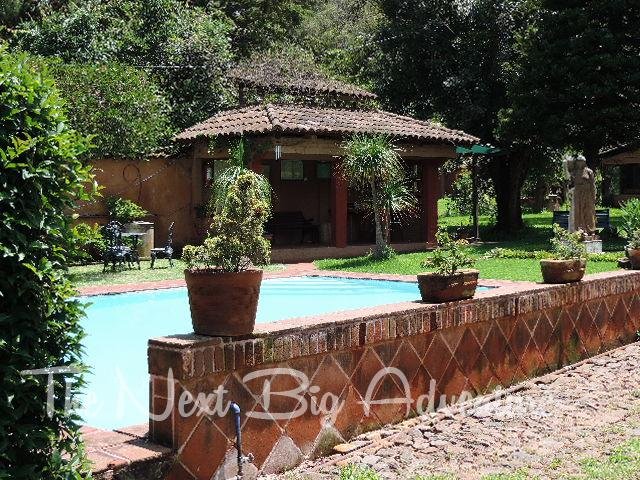
As has been the case throughout, we were the only campers in attendance, so alone got to enjoy the expansive, grassy field, inviting reading room, and hot showers just across a scenic wooden bridge. Aspen raced the yard, in a spirited game of fetch, thrilled to find real grass, something we had found little of in the past months.
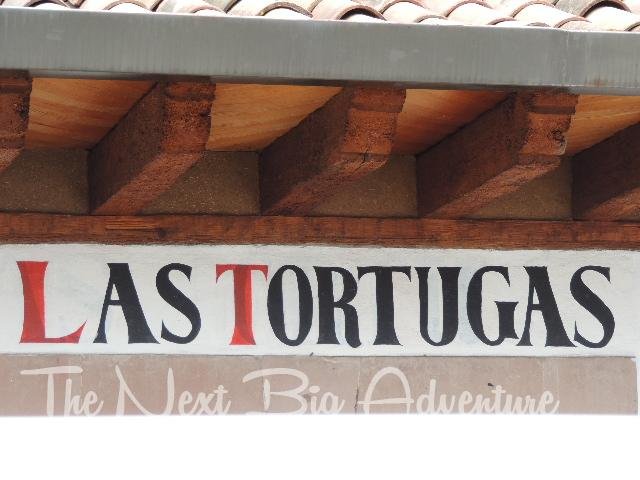
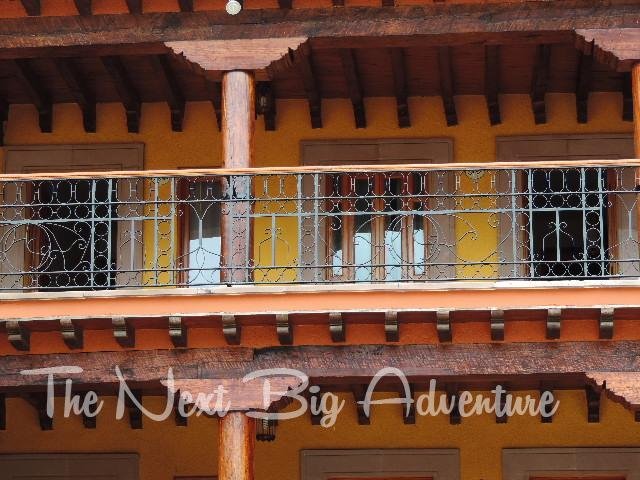
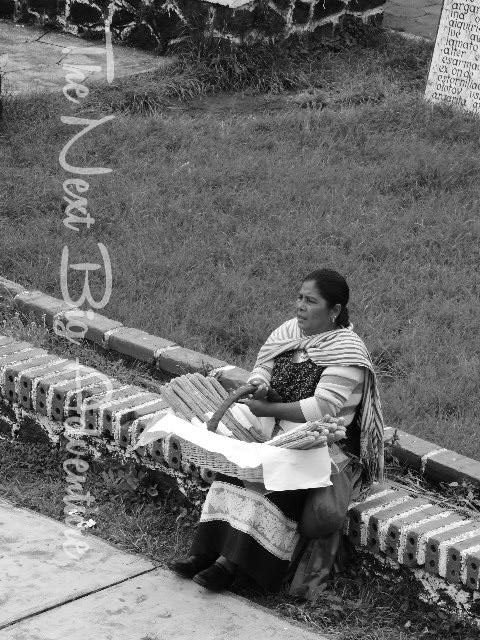
Founded in the 1320’s, Patzcuaro, more than many places we have stayed, called to us. While seemingly devoid of any Western visitors, the town was alive with Mexican families on holiday, or just in for a day or weekend from Morelia. Originally thought to be one of the capitals of “New Spain”, when the Spainards moved on to Morelia, Patzcuaro was able to retain it’s colonial charm and character, leading to being named not only a pueblo magico, but also added to the list of 100 Historic World Treasure Cities by the United Nations.
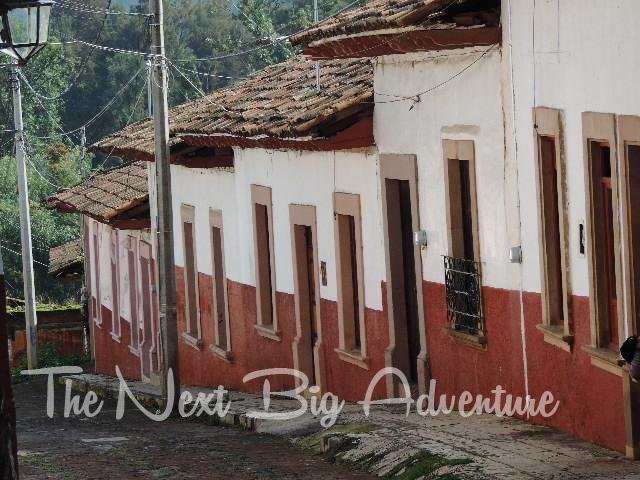

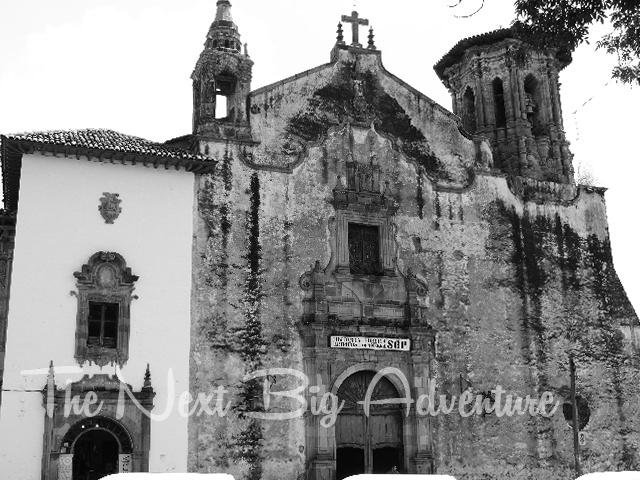
As the market hub of the region, the city has a vibrant, bustling, “alive” feel to it. Life centers itself around the two main squares, the Plaza Chica, which offers everything from live chickens, to wooden goods, to copper, to amazing produce. All coupled with a multitude of delicious food stalls.
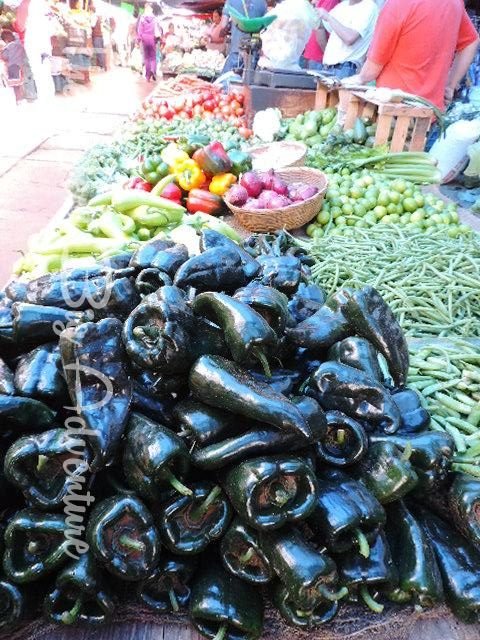
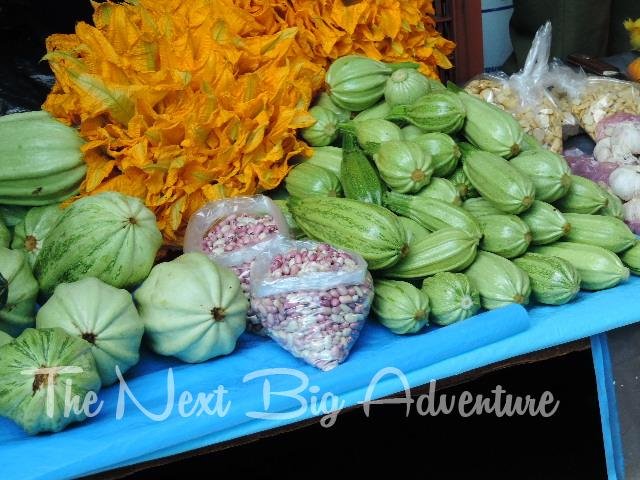
Plaza Grande, on the other hand, is THE place to see, and be seen. Coffee houses and cafes line the tree-filled square. Vendors hawk their wares, and colonial-era mansions have been turned into luxury hotels. We spent more than a few hours, enjoying a coffee at La Surtidora, a 100-year old cafe, while admiring the stylish locals going about their business.
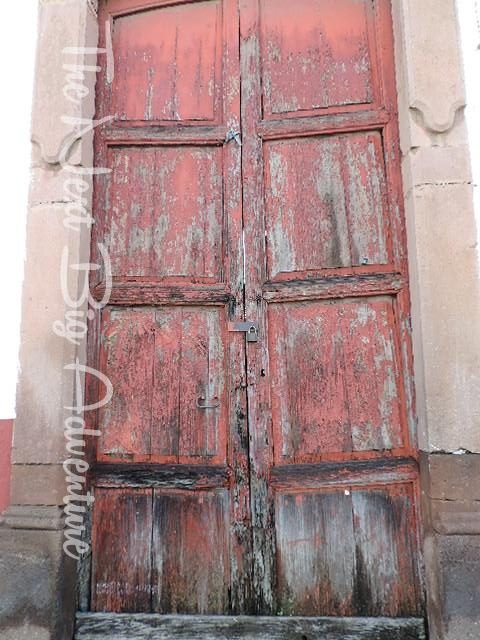
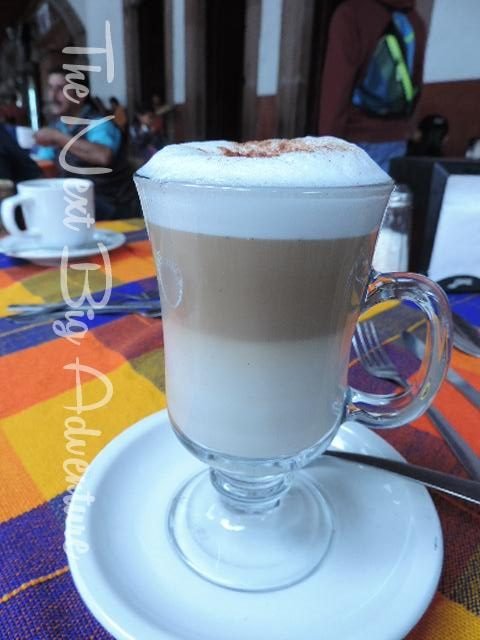
I must admit~ We didn’t spend our time seeing many of the sites. Oh, we visited the Basilica of Nuestra Senora de la Salud, and passed by the Temple Sagrario, interesting to me because it was begun in 1693 and completed two CENTURIES later, evidenced in the various architectural styles. However, much of our time was spent simply wandering.
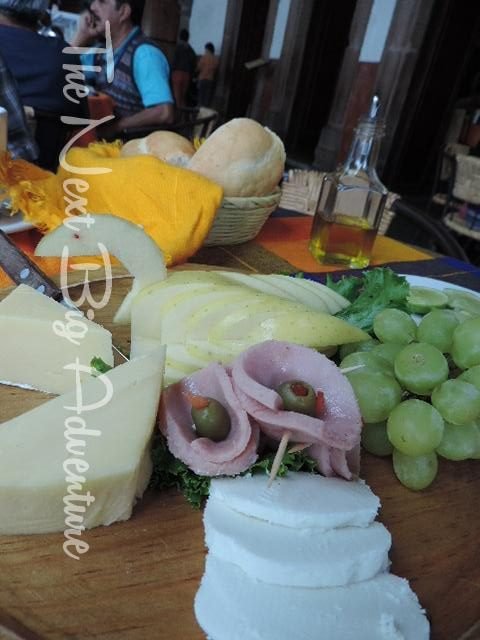
Rainy season was in full force, and afternoons were spent in the camper working, silently relishing the sound of rain on the roof, something we had mostly disdained in camper life back home. It is a continuing and fascinating study, to reflect on how a mental shift has more to do with happiness than any particular place or time. Now our days revolve around the freedom of choosing our work and leisure hours, not encumbered by the schedules previously enforced upon us, and serenity reigns.
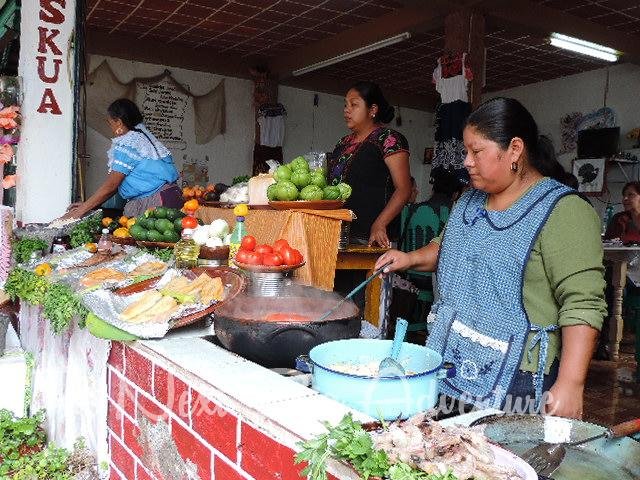
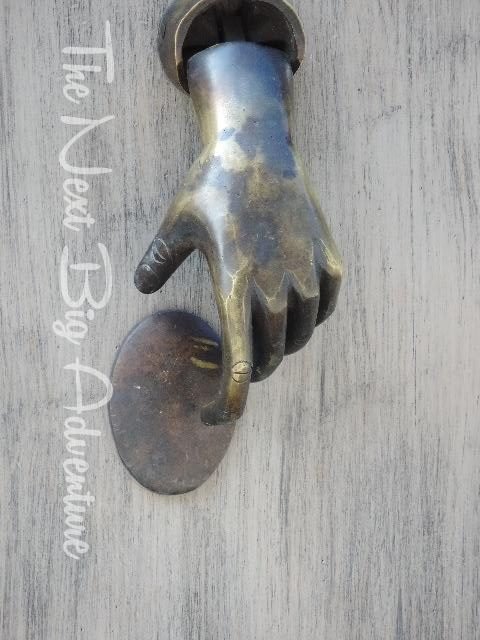
What we did do, in addition to our near daily trips to the market and cafes, was a day trip to Isla Janitzeo. Lake Patzcuaro still holds important cultural significance to the city, and Janitzeo is the best known of the islands, recognizable for the forty meter statue of Jose Maria Morelos y Pavon perched on top. The winding streets and extensive stairs slowed us dramatically, causing us to further admire the locals climbing these same stairs hindered by produce, live fowl, and even propane canisters!
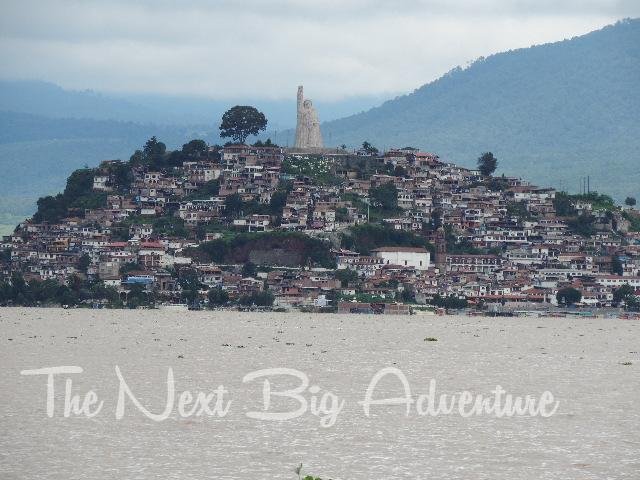

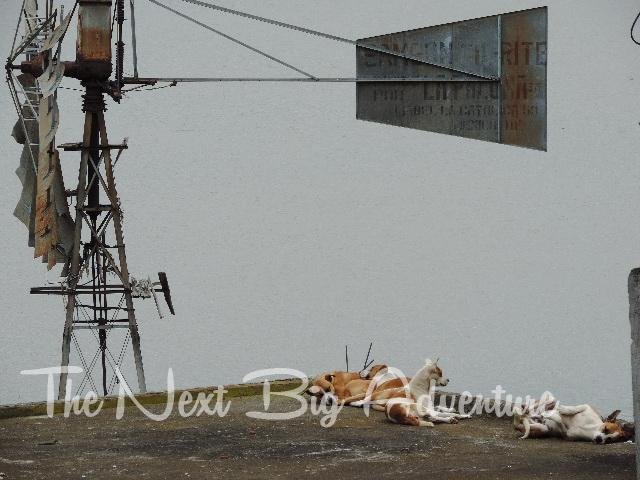
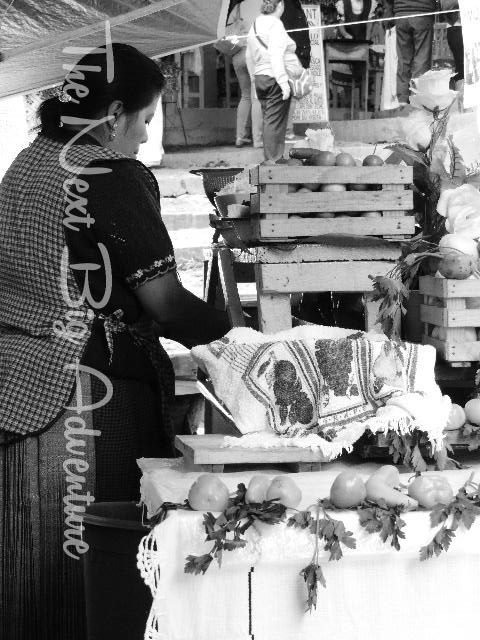
Aspen had not enjoyed the quite noisy boat ride over, but became the belle of the island upon landing. During our delicious lunch stop, the owners son became so entranced with hugging her that I feared an attempting kidnapping! Ever the ambassador for black dogs everywhere.
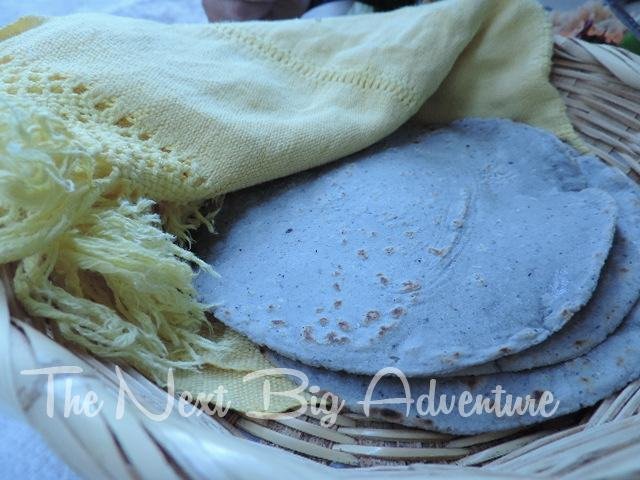
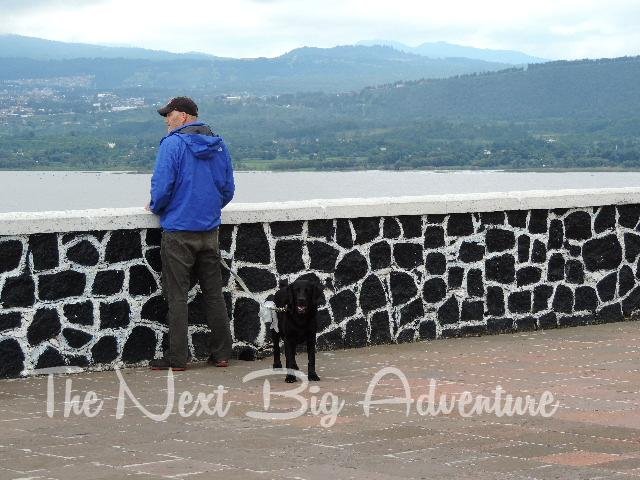
Eventually, our time in Patzcuaro came to an end, as we headed north in search of new magic, but our thoughts return often to this delightful city which so embodied historical charm with modern day culture.